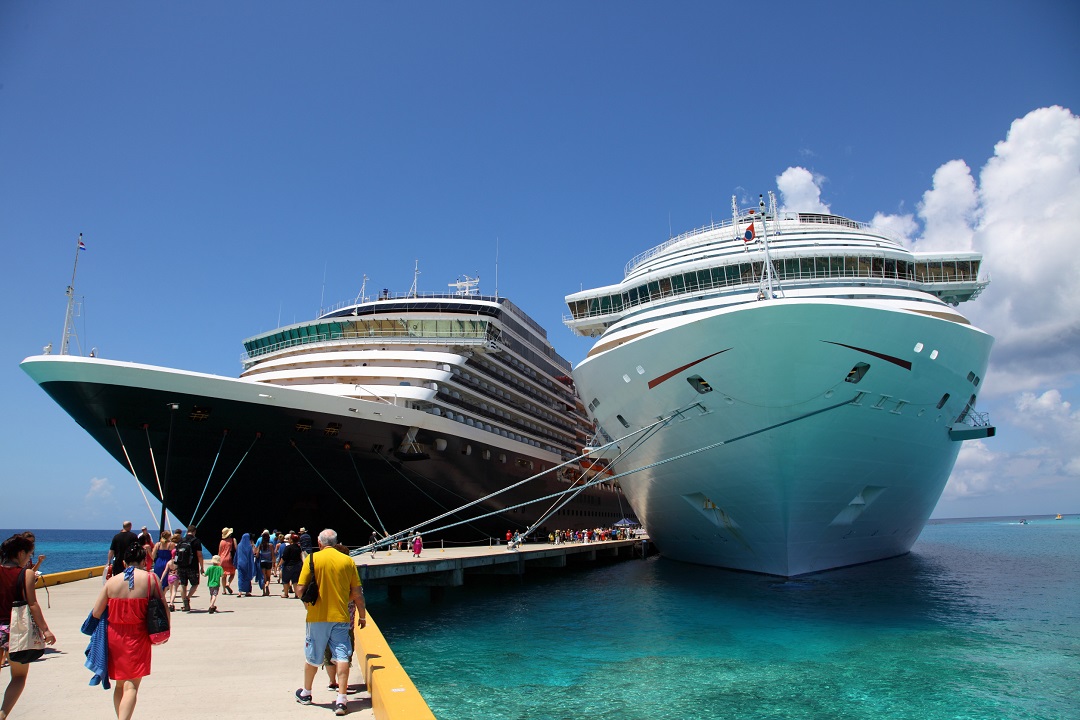
1. Norovirus and Other Contagions
Cruise ships, hosting thousands of passengers in close quarters, are notorious for outbreaks of illnesses like norovirus. This highly contagious virus can spread rapidly throughout the ship, leading to symptoms such as vomiting, diarrhea, and stomach cramps. To combat this, cruise lines have rigorous cleaning protocols, but the risk remains. Passengers should frequently wash their hands, use hand sanitizer, and avoid buffet lines at peak times to minimize their exposure to potential contagions.
2. Safety Concerns During Rough Seas
Cruising during rough seas can present significant safety risks. Ships are designed to withstand rough weather, but passengers may still experience seasickness, or worse, physical injuries from falls or flying objects during turbulent conditions. It’s important to listen to crew instructions and use handrails when moving around the ship. Staying in your cabin during particularly bad weather can also reduce the risk of accidents.
3. Environmental Hazards
The environmental impact of vacationing at sea is significant, involving everything from waste production to heavy fuel consumption that can damage marine ecosystems. Furthermore, cruising in environmentally sensitive areas, like the Arctic or coral reefs, can lead to habitat disruption. Passengers concerned about their environmental footprint can look for cruise lines that focus on sustainability. Newer ships often have better fuel efficiency and waste management systems.
4. Limited Medical Facilities
Medical facilities on cruise ships are typically equipped to handle minor injuries and common illnesses, but they are not full hospitals. In the event of serious medical emergencies, the ship may need to arrange for a medical evacuation, which can be both time-consuming and costly. Travelers with pre-existing medical conditions should consult their doctors before embarking. You should also bring adequate medication and consider purchasing travel insurance that covers medical evacuation.
5. Overboard Accidents
Accidents where passengers fall overboard are infrequent but can be fatal. Alcohol consumption, reckless behavior near railings, and rough seas are common contributors to these incidents. Cruise lines are implementing more advanced safety barriers and detection systems to prevent and quickly respond to such accidents. Passengers should adhere to safety guidelines, avoid leaning over railings, and drink responsibly while vacationing at sea.
6. Food and Water Safety
While cruise ships offer a variety of dining options, the closed environment increases the risk of foodborne illnesses. The high volume of food preparation can lead to cross-contamination or improper food handling. To avoid illness, passengers should ensure that their food is cooked properly and report any hygiene issues to the crew immediately. Additionally, sticking to bottled water or ensuring water has been treated can avoid waterborne diseases.
7. Psychological Impact of Confined Spaces
Spending extended periods in the confined spaces of a cruise ship can have psychological effects on some travelers. One of these effects can be cabin fever, a real phenomenon where individuals feel irritable and restless due to extended periods in a restricted space. For individuals prone to such conditions, it’s advisable to plan activities that help manage stress. This stress can be mitigated by spending time in open ship areas, participating in activities, and making shore excursions whenever possible to break the monotony and claustrophobia of being at sea.
8. Hidden Costs
The advertised price of a cruise might seem all-inclusive, but many expenses are not covered and can quickly add up. These can include alcoholic beverages, special dining venues, excursions, spa services, and internet access. Additionally, gratuities for ship staff can significantly increase your total expenditure. Prospective cruisers should thoroughly review what their cruise fare covers and budget for additional expenses.
Charting a Safe Course
While cruises are a popular and enjoyable way to travel, being aware of these potential risks can help you better prepare for vacationing at sea and ensure a safer and more enjoyable experience. By taking proactive measures—such as engaging in healthy behaviors, understanding ship safety protocols, and budgeting for extra costs—you can focus on enjoying the vast open sea and the unique adventures that cruising offers. Set sail knowing you’re equipped to handle whatever comes your way, so you can make the most of your time.
Vacation Dining on a Budget: 9 Smart Tips for Eating Well Without Overspending
Travel Goals: How Couples Can Plan and Afford Dream Vacations

Toi Williams began her writing career in 2003 as a copywriter and editor and has authored hundreds of articles on numerous topics for a wide variety of companies. During her professional experience in the fields of Finance, Real Estate, and Law, she has obtained a broad understanding of these industries and brings this knowledge to her work as a writer.